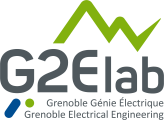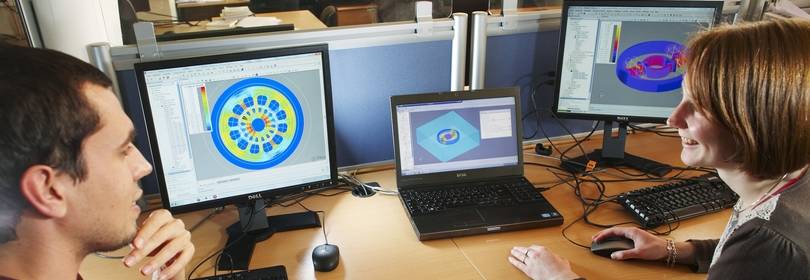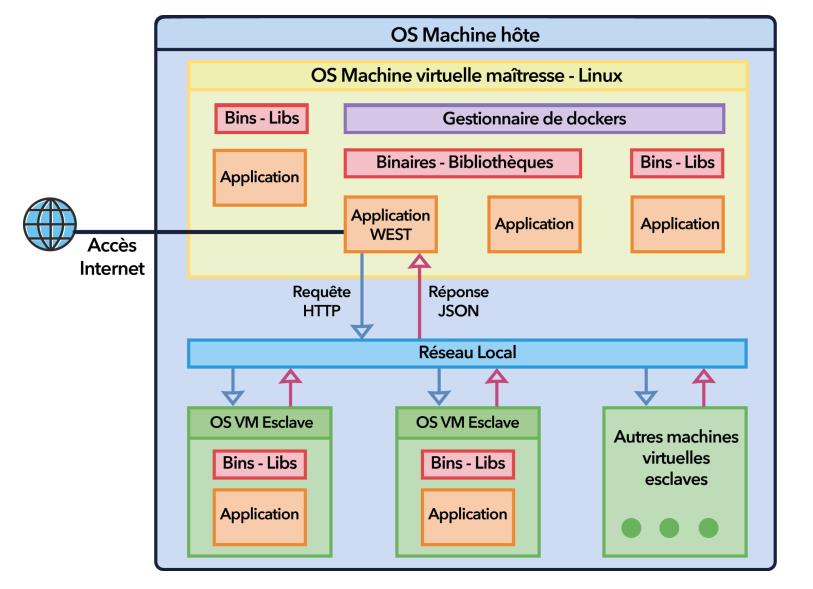A modeling framework for electrical energy systems, integrating the interoperability of models, expert tools, and services
- Model interoperability, based on Modelica or VHDL-AMS object languages
- Code interoperability, based on MUSE / FMI software component standards
- Interoperability of services, based on the standards of web-services.
- The automatic translation of the model from a modeling language to others
- The concepts of plug-in and plug-out, which ensure the production and use of software components, modeling tools to others.
- The specification of reusable services, and their publication.
1. System design approaches
Different formalisms have to be considered:
- A standardized modeling language (VHDL-AMS or MODELICA) is used instead for simulation at the system level. It provides an explicit model (white box), strongly coupled with other models (mechanical, economic ...). But it is not easy to introduce models such as those described by 2D / 3D partial derivative equations or other modeling formalisms such as multi-agent modeling.
- Software Component Standards (MUSE / FMU) are a complementary approach for complex models, offering compiled binary code "black box". These are portable models and well suited for reuse, only exhibiting their services. The system is thus constructed by an assembly (weak coupling) of components.
- Service interoperability standards now rely on HTTP - TCP / IP - Ethernet communication layers via Web Services. Web services are increasingly available in physical equipment (sensors, controllers, etc.), in forecasting services (weather, energy prices, etc.) and are now Models of calculation, in the exploitation phase (anticipatory control) but also in the design phase, especially in collaborative design.
As illustrated in the following figure, a hierarchical structure with 3 levels of granularity can be defined in terms of reuse. The concept of services that aggregates that of components, aggregating itself that of objects. Each layer offers its properties between compromise terms of dynamic and coupling strength.
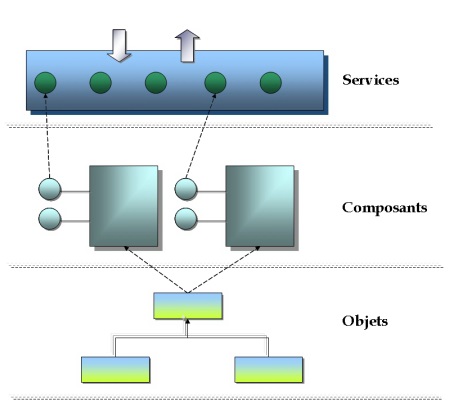
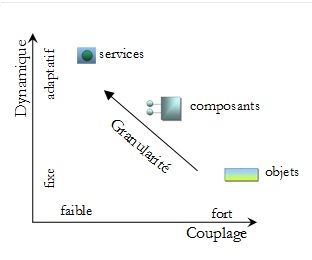
fig 1 object/component/service approaches
2. System modelling framework based
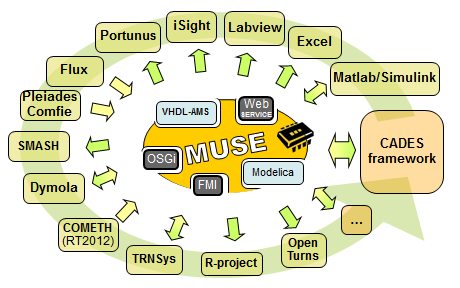
fig 2. Interoperability framework
3. Application to mechatronic systems: dynamic simulation of electromagnetic components
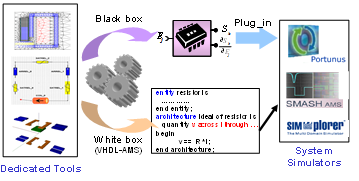
Fig 3 interoperability between expert tools in electromagnetic and dynamic simulation environments
4. Application to building systems : multi-phisical dynamic simultion
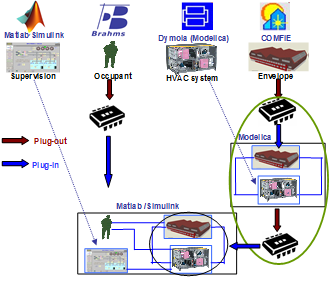
fig 4. Interoperability between expert building modeling tools and software for multi-physical coupling and time simulation
4. Open source project WEST (Web Energy Services and Tools)
Initiated in the ANE MAEVIA (G2ELAB - G. SCOP - Postdoc - A. Kashif), internal development G2ELAB, and supported by Halias Technologies (2 trainees including F. Arnoux), aims to make available the FMU software components in the form Of Web-Services [2-5]https://sourceforge.net/p/westsandbox/code/
5. Orchestration de services web multi-métier
PhD Thesis Abbass Raad, Projet ANR Cosimphy (ANR-13-VBDU-0002)
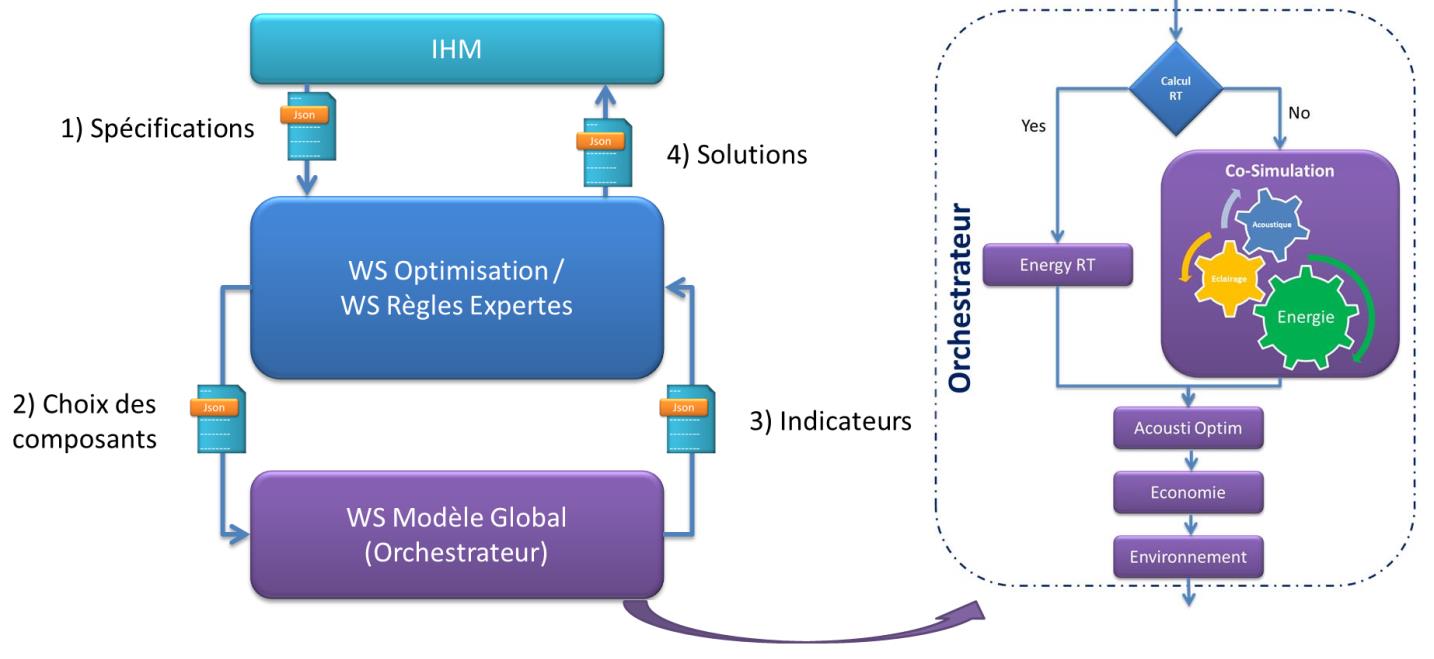
fig 6. Example of orchestration between calculation service and decision support services for building design
Références :
[1] Benoit Delinchant « Les paradigmes successifs d’objets, de composants et de services », pages 47-50 dans La CAO et l'optimisation de systèmes, une approche par couplages dynamiques de composants, HdR Université de Grenoble, 2011
[2] Abbass Raad, Vincent Reinbold, Benoit Delinchant, Frédéric Wurtz, “Energy building co-simulation based on the WRM algorithm for efficient simulation over FMU components of Web Service”, BS’15, Building Simulation Conference, Hyderabad in December 7-9, 2015.
[3] Abbass RAAD, Vincent Reinbold, Benoit Delinchant, Frédéric Wurtz “FMU software component orchestration strategies for co-simulation of building energy systems”, TAEECE’15, IEEE International Conference on Technological Advances in Electrical, Electronics and Computer Engine, LIBAN, 2015
[4] Widl, Edmund, Delinchant, Benoit ; Kubler, Svea ; Dan Li ; Muller, Wolfgang ; Norrefeldt, Victor ; Nouidui, Thierry Stephane ; Stratbucker, Sebastian ; Wetter, Michael ; Wurtz, Frederic ; Zuo, Wangda “Novel simulation concepts for buildings and community energy systems based on the Functional Mock-up Interface specification” Workshop on Modeling and Simulation of Cyber-Physical Energy Systems (MSCPES), 2014, pp 1-6, Berlin, Germany, April 2014
[5] Benoit Delinchant, Frédéric Wurtz, João Vasconcelos, Jean-Louis Coulomb "Framework for the optimization of online computable models", COMPEL: The International Journal for Computation and Mathematics in Electrical and Electronic Engineering, Vol. 33 Iss: 3, pp.745 – 758, 2014
[6] Baraston, A., Gerbaud, L., Reinbold, V., Boussey, T., & Wurtz, F. (2016). Multiphysical approach including equivalent circuit models for the sizing by optimization. COMPEL: The International Journal for Computation and Mathematics in Electrical and Electronic Engineering, 35(3), 871-884.
Contacts :
Benoit.Delinchant[ at ]g2elab.grenoble-inp.fr
Laurent.Gerbaud[ at ]g2elab.grenoble-inp.fr
Frederic.Wurtz[ at ]@g2elab.grenoble-inp.fr

